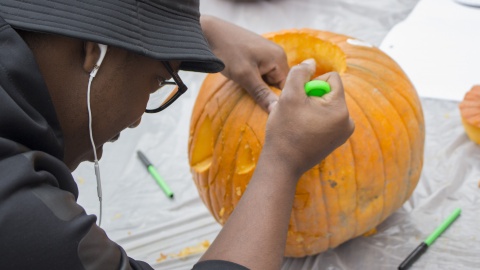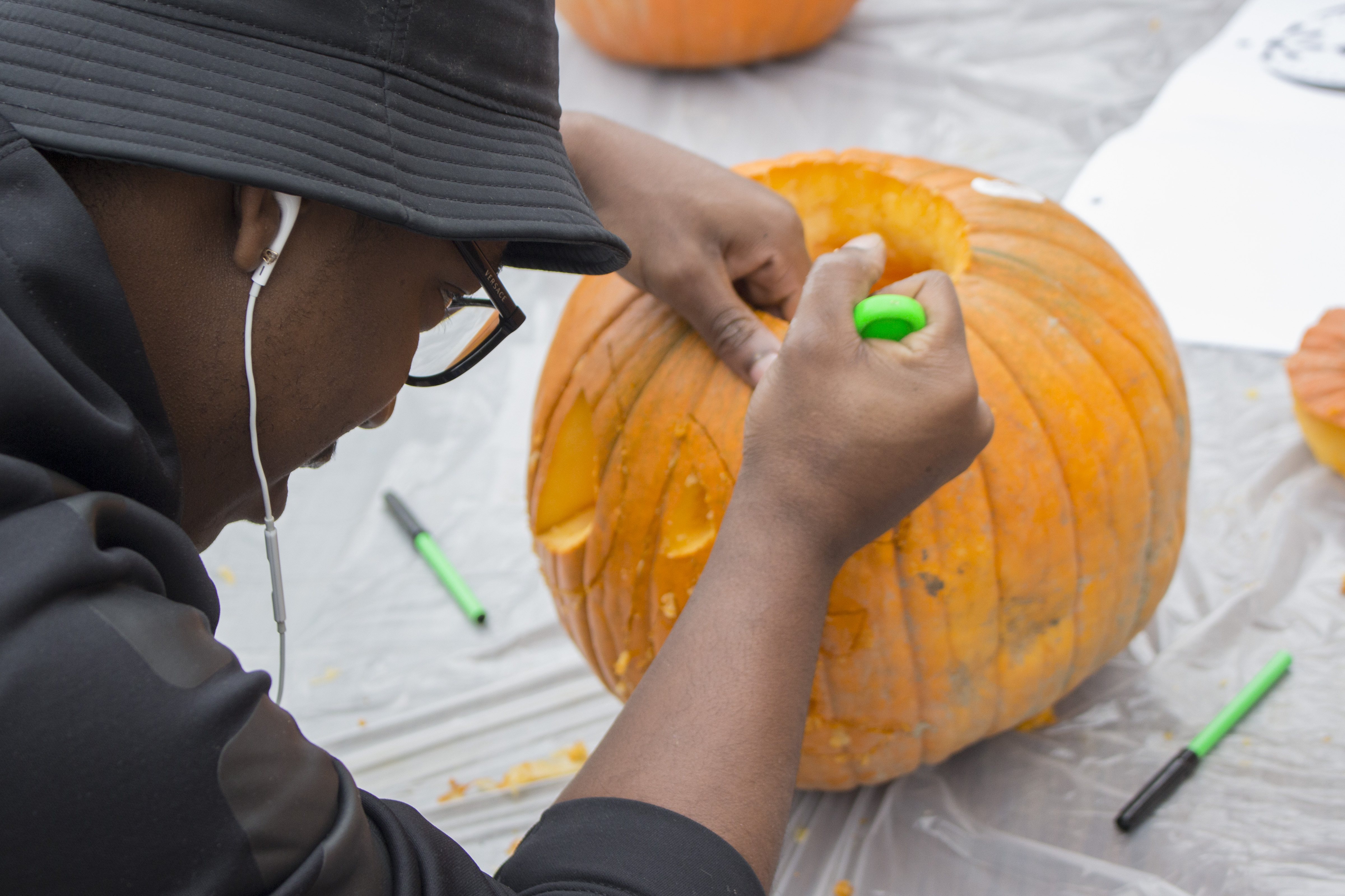By Elizabeth Lehman
It’s Halloween, which means droves of people are visiting haunted houses, dressing up in spooky costumes and, of course, watching horror movies.
For Niles resident and horror aficionado David Denovchek, horror movies have been a big part of his life since he was little. Denovchek’s father was a computer programmer for a video rental store, and every Friday, he would bring home that week’s scary feature. 
“I have very vivid memories of movies like ‘Puppet Master’, Dollman, etc. And it was always just incredible to sit and watch movies with my dad. As I matured, my love of horror grew with me,” Denovchek said. “Now I find them so enjoyable, because I find that horror allows for so much room for interpretation and variety.”
With fear being a natural survival reaction to a threatening situation, one might wonder why people purposely seek out a good scare for fun.
Mathias Clasen, a Danish scholar of horror fiction and the author/editor of three nonfiction books on the horror genre, said people are intrinsically motivated to seek out mediated fear in order to experience negative emotion in a safe context.
“When we know it’s just a guy in a monster suit on the screen, when we know it’s just actors in the haunt, we can enjoy the physiological arousal produced by negative emotions, and we can find and maybe even push our own boundaries, our tolerance, for fear,” Clasen said.
Clasen compares it to playing games like peek-a-boo and hide-and-seek as little children.
“It becomes a sort of inoculation,” Clasen said, “a way to gain experience and develop coping mechanisms, not unlike children’s paradoxical love for playful activities that allow them to experience suspense and apprehension in perfect safety; chase play, hide-and-seek, peek-a-boo, etc.”
There is some science behind why it’s fun to go see a scary movie on a date or go to a haunted house with your friends. From the biochemical perspective, being scared with other people can be a bonding experience.
Retired UCLA research professor Shelley Taylor’s 2006 journal article for the Association for Psychological Science said that being under stress can release oxytocin, which can prompt affiliative or befriending behavior in response to the stressor.
“Under conditions of stress … affiliating with others [is] at least as common [a] response to stress in humans as fight-or-flight …,” Taylor said. “This affiliative activity … may take the form of befriending, namely seeking social contact for one’s own protection and solace.”
Taylor said that befriending others has substantial mental and physical health benefits in times of stress.
“Social isolation is tied to a significantly enhanced risk of mortality, whereas social support is tied to a broad array of beneficial health outcomes including reduced risk of mortality,” Taylor said.
Science aside, Clasen said that people are drawn to horror for the thrill of it.
“They love the physical arousal produced by horror,” Clasen said. “The elevated pulse, sweaty palms, strong blood flow to the large muscle groups, all of which prepare the organism for flight or confrontation — and they love the psychological stimulation, the imaginative immersion into dreadful scenarios, the flirtation with danger, the peeks into the abyss of utter horror.”
